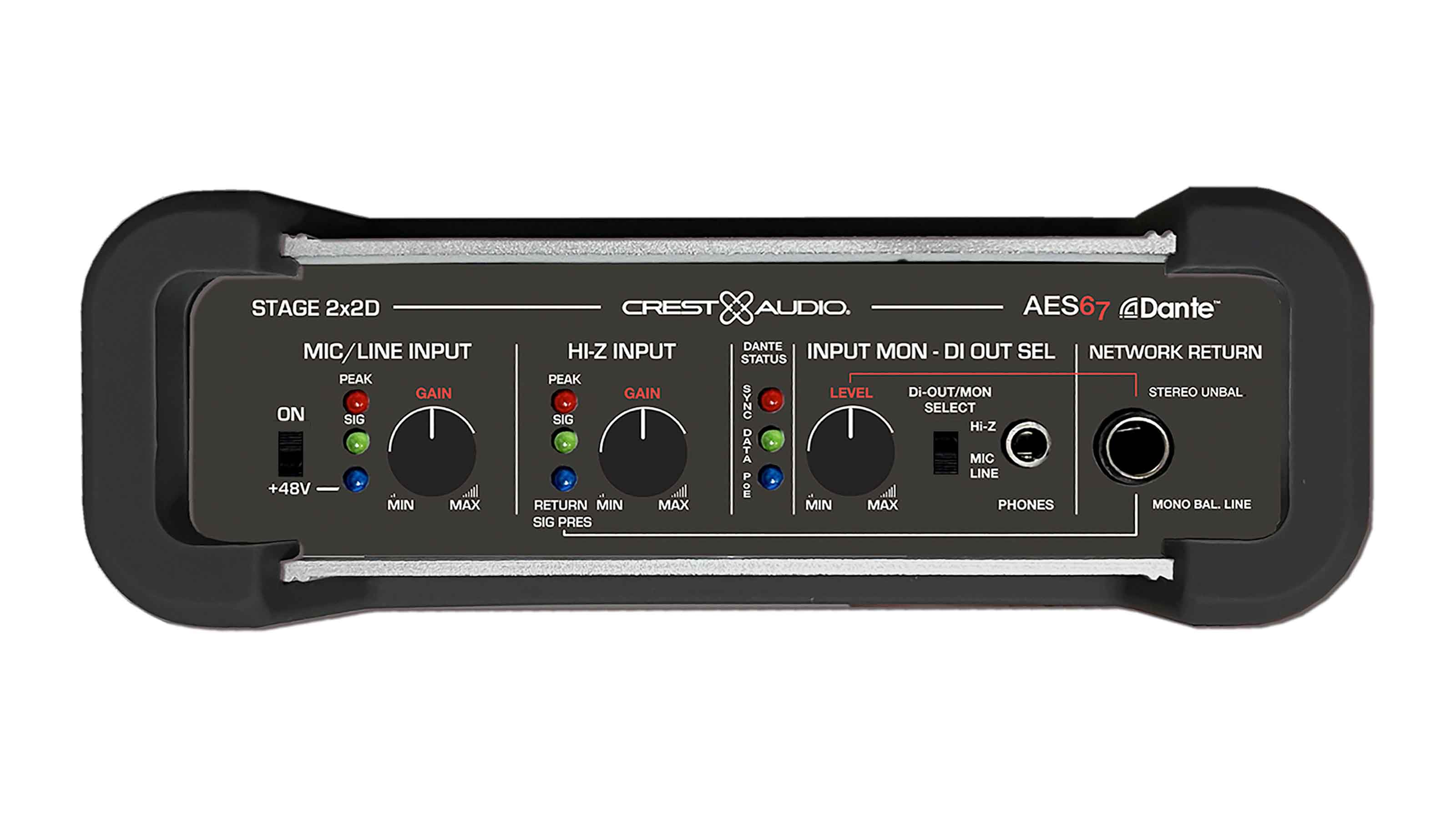Securing Distributed Data
- Print is not on the road to extinction, but the options available today for information storage and retrieval are much richer than ever before. If you want to make large quantities of information readily available to a wide audience, the most effective and economical means is now to provide access via electronic data networks-LANs for communication within an organization, the internet for public dissemination.
- Unfortunately, the very qualities that make networks appealing for such data broadcasting can be drawbacks when you need to restrict access to a select group of people. Although physical media are not inherently secure, they do facilitate direct control over distribution and can be destroyed when necessary. They also have the benefit of being usable in situations where network access is not available, which is common. If you want to distribute something like training videos, canned presentations, or examples of TV commercials, DVD will ordinarily be the preferred vehicle.
- For almost everything else, the choice boils down to print or optical disc, whether CD or DVD. Where larger amounts of data are involved, or where it is desirable not to have the nature of the contents apparent from casual inspection, optical discs are preferable in almost every respect, including cost.
- There are three main ways of producing custom CDs and DVDs:
- -Via a CD or DVD burner built into a PC
- -Via an outsides duplicating service
- -Via in-house disc duplicating machines.
- Although the first method may be acceptable for infrequent small jobs, where only a handful of copies are needed, it is very cumbersome and inefficient for even medium-volume applications. Outside duplicating services are an attractive alternative, especially for large jobs.
- High-speed duplicators often burn data to CD or DVD from internal hard drives. So if, for example, you supply a master CD, the duplicator will copy an image of that disc to its hard drive and then burn that image to multiple CD-Rs. Your data will be available to anyone who has access to that machine, and unless the service is scrupulous about purging data from duplicator hard drives after jobs are completed, it may remain available for a very long time. In the worst case, it could accidentally be distributed to a third party. Government agencies are just one example of the type of organization that cannot afford to put confidential data at that kind of risk.
- For this reason, as well as cost, we have seen a growing trend to in-house disc duplication. Security can still be a problem, however. Imagine a duplicator with sensitive information permanently loaded on its hard drive for on-demand duplication.
- The latest generation of duplicators embodies an elegant solution to this particular problem: high-capacity hard drives that can be removed and stored in a secure location, either on- or off-site. This combines maximum convenience with maximum security. Approximately 200 CDs worth of data can be stored on a single hard drive for on-demand, high-speed transfer to optical discs. Yet in just a few minutes, all that data can be physically secured from unauthorized access. It is even possible to maintain multiple drives-one, for example, that contains non-sensitive data that can be left in the duplicator and another that contains confidential information that is mounted only when required and dismounted and locked away at other times.
scn Newsletter
A daily selection of the top stories for AV integrators, resellers and consultants. Sign up below.
TOPICS
